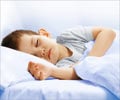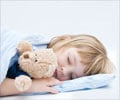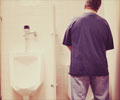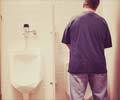Older children bedwetting is usual but distressing. An article in CMAJ (Canadian Medical Association Journal) outlines possible causes and proof for existing treatments.
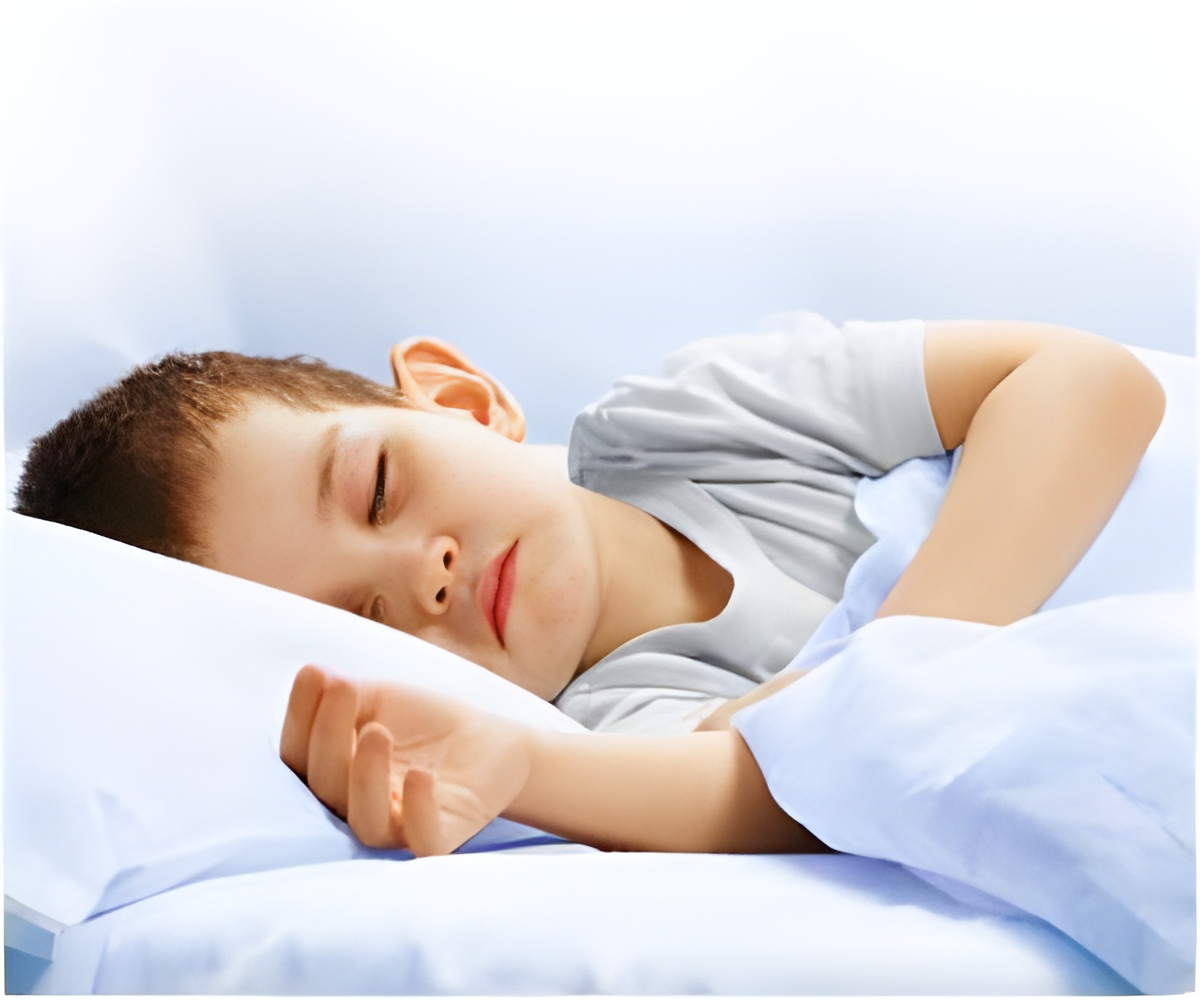
Three conditions generally contribute to bedwetting: excessive urine production at night, an overactive bladder and an inability to wake up in response to the need to urinate. Although the condition itself is not associated with a major illness, it is important for physicians to conduct a physical exam to rule out any other causes. Urinalysis and urine culture may be the only necessary tests as evidence shows that other investigations are not particularly useful or cost effective.
"The most critical aspect of treatment is reassurance for the child, who may experience low self-esteem," writes Dr. Darcie Kiddoo, Divisions of Pediatric Surgery and Urology, University of Alberta, Edmonton, Alberta. "Parents must understand that, unlike daytime behaviour, nighttime incontinence is not within the child's control."
Treatment varies from lifestyle modifications to medication and alternative therapies for which there is little evidence of effectiveness. Desmopressin, a medication that works on the kidneys to reabsorb urine, is successful in reducing nighttime water production but the benefits disappear when the medication is stopped. Tricyclic antidepressants can be effective in some children, but there are adverse effects and few parents choose this option.
Bed alarms have shown the most long-term success. "A systematic review found that after 10 weeks, 66% of children maintained 14 consecutive dry nights compared with only 4% of children with no treatment," Dr. Kiddoo writes. The effect lasts after the device is no longer used, but parental vigilance is required to help children wake up if they do not hear the alarm.
Children eventually will outgrow the condition, with 15% stopping without treatment each year.
Advertisement

